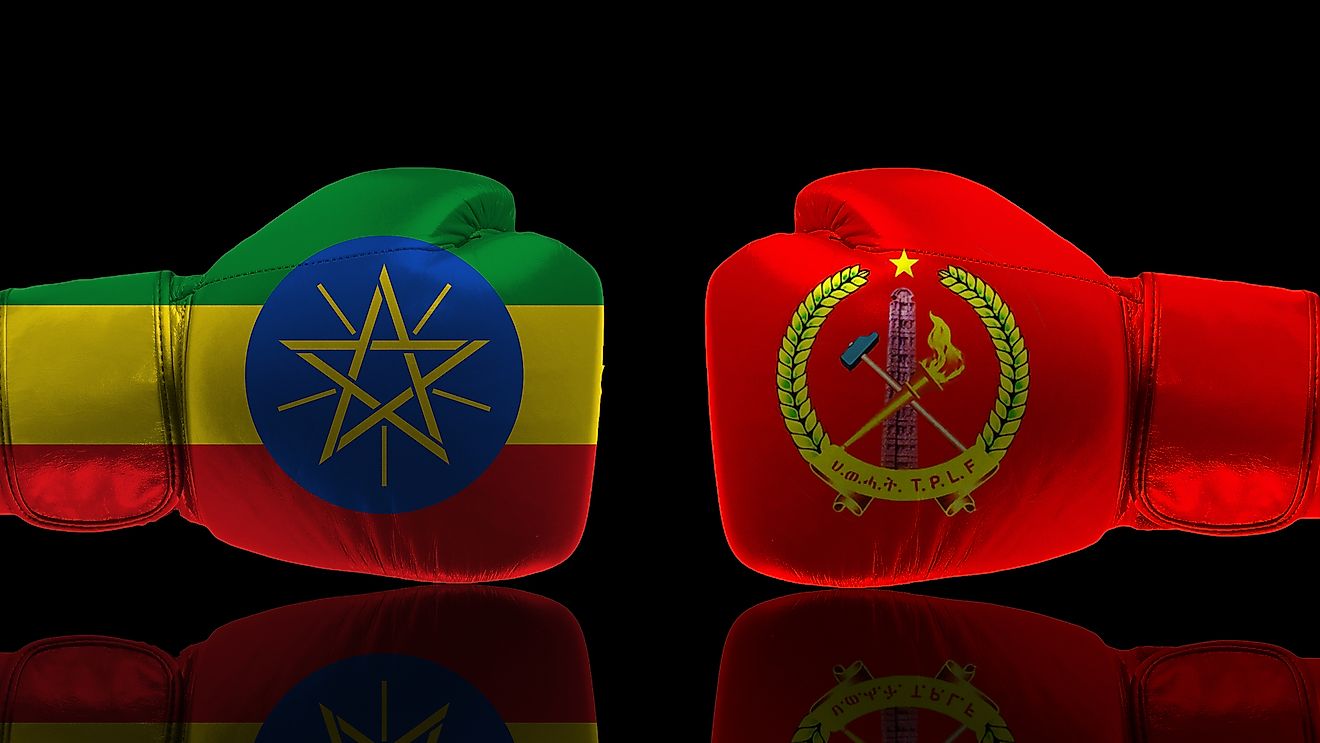What Is the Treaty of Waitangi?

The Treaty of Waitangi is the official document that founded the state of New Zealand as a British colony. The agreement was entered between the Hapū and Māori tribes, and the Crown representatives. The treaty is named after “Waitangi”, the place it was first signed on February 6, 1840. The Treaty of Waitangi was not drafted as a statute or a constitution but as a broad statement of guidelines upon which the chiefs and the Crown representative could establish the state of New Zealand. There are nine copies of the treaty including the original copy drafted in 1840. Eight of the copies are presented in the local languages, and only one was drafted in English. Eight of the copies are also written in longhand.
Contents of the Treaty
There are three main principles in the treaty. According to the English version, The Māori were to cede the sovereignty of the country to the British. The Māori were to give the British exclusive rights to buy the land they wished to sell, and in return, the Māori were to be granted full rights and ownership of the lands, fisheries, forests, and all natural resources in New Zealand. Lastly, the Māori people were to be given equal privileges and rights as the British. The treaty in the local language was meant to convey the same meaning as the English version, but there are notable interpretational differences. About 540 local chiefs signed the agreement with all but 39 signing the Māori-language copy.
Background to the Treaty
In the 1830s, New Zealand was experiencing rapid changes socially, politically, and economical. The British and other Europeans acquired parcels of land from the local communities and set up commercial operations. By 1839, thousands of Europeans had migrated to New Zealand. Violence, crime, and lawlessness were rife as the local communities and the immigrants clashed over resources and culture. There was also growing interest in New Zealand by the French and the British had to act fast. The Crown appointed Captain William Hobson to head negotiations with the local communities for the set up of a British colony.
Aftermath of the Treaty
After the treaty was signed, Captain William Thompson who had by then been appointed the lieutenant governor declared New Zealand a British territory. The British government ratified the declaration in October 1840.
Is The Treaty Still Valid?
The status of the Waitangi Treaty has continued to evolve over time but unlike other countries, New Zealand has no constitution, but it instead has a collection of legislation, customs, and common laws that established the government. The initial agreement established the British authority over New Zealand but these powers have since then been transferred to the New Zealand parliament. The Māori leaders continue to stress the importance of the treaty to date and successive governments effectively recognize the treaty as a vital part of the nation.











